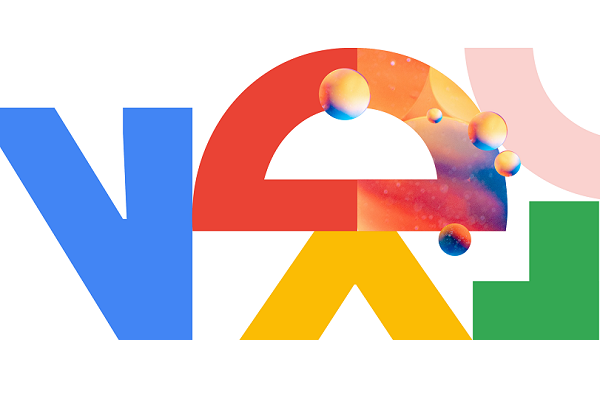Google Cloud Fills Vertex AI With New and Upgraded Generative AI Models and Features
 Google Cloud announced a flood of new and upgraded generative AI options and tools for the Vertex AI machine learning platform at its Cloud Next event this week. The Vertex AI Model Garden hosts new third-party models and new versions of Google’s existing models, and those models can imbibe and respond to data from the company employing them in real time, among other new features.
Google Cloud announced a flood of new and upgraded generative AI options and tools for the Vertex AI machine learning platform at its Cloud Next event this week. The Vertex AI Model Garden hosts new third-party models and new versions of Google’s existing models, and those models can imbibe and respond to data from the company employing them in real time, among other new features.
Vertex AI Model Garden Growth
The Model Garden’s growth is central to the new Vertex AI, with more model options providing greater choice and customization for customers. The platform’s Model Garden now contains over 100 large language models accessible via API. That list now includes Meta’s Llama 2 and its code-generating derivative Code Llama, the Technology Innovation Institute’s Falcon, and the “pre-announced” Claude 2 model from Anthropic. Developers and data scientists can select AI systems based on size and other qualities, allowing for flexibility in deployment. Google claims the number of its generative AI customer projects multiplied by more than 150 between April and July this year. The new options are likely to accelerate that growth with more opportunities to experiment.
Google didn’t skip out on enhancing its in-house models either, releasing improvements previewed earlier this year. There are new iterations of Google’s own PaLM 2 LLM, programming code writer Codey, and text-to-image model Imagen. PaLM now supports a 32,000 token context window, about 25,000 words, for summarizing and analyzing documents and can understand and respond in 38 languages. PaLM also has a new capacity for responding using a company’s private data for greater accuracy. Codey’s update makes it up to 25% better at writing in the major coding languages, according to Google, while Imagen’s upgrades produce more realistic, sharper images.
Feature Flowers
Imagen has a new feature to go with its update called Style Tuning. Users can apply Style Tuning to quickly train Imagen with 10 or fewer examples of a brand aesthetic and get the model’s future output to match. Google DeepMind and Google Cloud have also teamed up on another Imagen feature, one more focused on security than appearance. The new SynthID invisible watermarks tool helps identify synthetic images by embedding imperceptible fingerprints directly into pixel data. Google hopes this will make customers more comfortable with creating synthetic media for their business.
There’s also a new Extensions feature for Vertex AI. Extensions link models to real-time data and enable automated actions such as sending an email. Extensions make it possible for internal generative AI chatbots to answer company policy questions and check code for cybersecurity flaws. The idea is to add some dynamism to otherwise static models. Altogether, Google seems to want to showcase its strengths in both foundational research and practical applications. By blending these priorities, Google Cloud said it wants to empower businesses to tap into generative AI’s potential while ensuring trust and transparency.
“Our AI-optimized infrastructure is a leading choice for training and serving gen AI models. In fact, more than 70% of gen AI unicorns are Google Cloud customers,” Google Cloud CEO Thomas Kurian wrote in a blog post. “We are in an entirely new era of digital transformation, fueled by gen AI. This technology is already improving how businesses operate and how humans interact with one another. It’s changing the way doctors care for patients, the way people communicate, and even the way workers are kept safe on the job. And this is just the beginning. Together, we are creating a new way to cloud.”
Follow @voicebotaiFollow @erichschwartz
Google Cloud Unveils New Generative AI Tools for Building Search and Conversational Apps
Google Debuts PaLM API and MakerSuite for Generative AI App Developers








